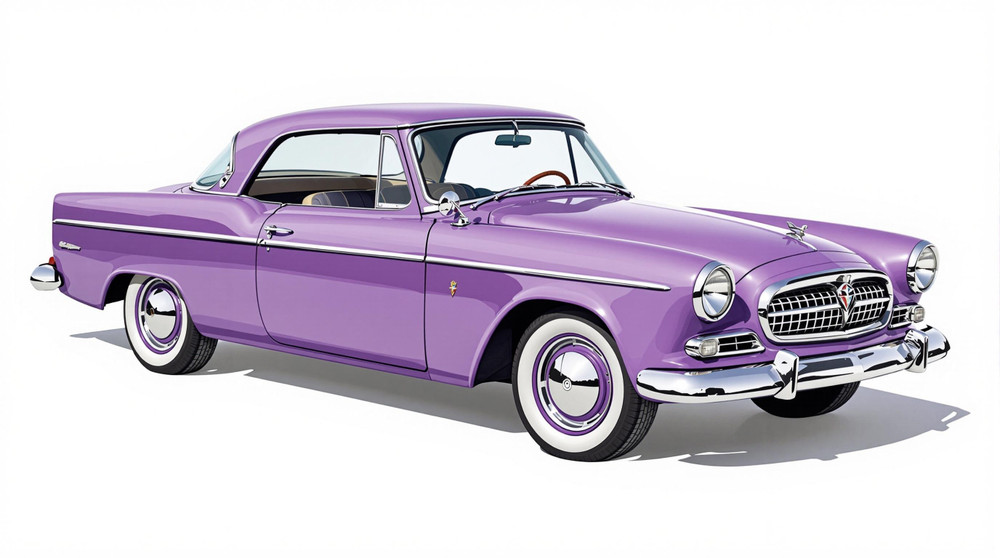Image of 1956 Studebaker Champion, Note: These illustrations use artistic license and may differ from actual historical models.
Performance Metrics
Fundamental Metrics
Emotional Appeal
MMP Rating
| Engine Specifications | |
|---|---|
| Engine: | 185.6 cu in (3.0 L) I6 |
| Displacement: | 185.6 cu in (3.0 L) |
| Horsepower: | 101 hp |
| Torque: | 125 lb-ft |
| Compression Ratio: | 7.5:1 |
| Ignition System: | Distributor and coil |
| Cooling System: | Liquid-cooled |
| Performance Specifications | |
| 0-60 Time: | Estimated 20 seconds |
| 1/4 Mile Time: | Estimated 22 seconds |
| Top Speed: | 90 mph |
| Transmission and Drive | |
| Drive Type: | Rear-wheel drive |
| Transmission Type: | 3-speed manual, 3-speed automatic |
| Fuel and Efficiency | |
| Fuel System Type: | Carburetor |
| MPG: | Estimated 15-20 mpg |
| Dimensions and Brakes | |
| Brakes: | Drum brakes |
| Wheelbase: | 116.5 in |
| Weight: | 2,900 lbs |
Note: Specifications for classic cars are given to the best of our ability, considering the limited and variant data available.
Introduction
The 1956 Studebaker Champion is a testament to the ingenuity and resilience of an era that straddled the line between post-war simplicity and the burgeoning American fascination with automotive luxury. Born in the heartland of South Bend, Indiana, this vehicle emerged from a manufacturer known for its forward-thinking designs and robust engineering. The Champion, particularly the '56 model, stands as a symbol of Studebaker's commitment to innovation during a time when the automotive industry was undergoing rapid transformation. A notable moment in its history was when it became an emblem of post-war American optimism, offering a balance of economy and style that resonated with the public.
Design and Innovation
The 1956 Studebaker Champion's exterior styling was a harmonious blend of function and flair. Its body, characterized by sleek lines and modest tail fins, exuded an air of understated elegance. The interior was equally impressive, with a focus on driver comfort and practicality. High-quality fabrics and materials were standard, ensuring a pleasant tactile experience for passengers. Technologically, it featured advancements like an automatic transmission option known as "Flight-O-Matic," which was quite sophisticated for its time. Color options ranged from subtle to vibrant, with hues like Sun Valley Yellow and Strato Blue catching the eye of many buyers. Among the body styles available, the two-door Pelham wagon and the four-door sedan were particularly popular for their versatility and appeal.
Historical Significance
The Champion's impact on automotive design was subtle yet significant. It helped bridge the gap between pre-war austerity and the excess that would define later decades. Its clean lines and efficient engineering set it apart from contemporaries that often favored bulk over practicality. The Champion's legacy is one of balance—offering enough style to turn heads without sacrificing reliability or economy.
Performance and Handling
Underneath its hood, the 1956 Studebaker Champion housed an engine capable of delivering modest yet reliable performance. With a top speed that could reach upwards of 90 mph and acceleration from 0-60 mph in about 14 seconds, it offered respectable performance for its class. On various driving conditions, drivers appreciated its sturdy handling and smooth ride quality. Behind the wheel, one could hear the distinct hum of its flathead six engine—a sound that became synonymous with reliability.
Ownership Experience
The Champion was not just a showpiece; it served as a daily driver for many Americans. Its ease of maintenance made it a favorite among those who valued practicality over pomp. While not immune to wear and tear, parts were generally accessible, making repairs straightforward for the average owner.
Fun Facts
Among enthusiasts, it's known that President Dwight D. Eisenhower owned a 1955 Studebaker Champion Regal Conestoga wagon—a close relative to our '56 model—adding presidential prestige to its lineage. Although not known for breaking speed records, it did set benchmarks for efficiency in design and production.
Collector's Information
Today, the 1956 Studebaker Champion holds a special place in collectors' hearts. While exact production numbers are elusive, estimates suggest that tens of thousands were produced across all body styles. As for value range, pristine examples can fetch anywhere from $10,000 to $30,000 at auction depending on condition and originality—reflecting an appreciation in value over time as these models become rarer.
Conclusion
The 1956 Studebaker Champion is more than just metal, glass, and rubber; it is a slice of Americana that captures the spirit of its age—a vehicle that balanced post-war practicality with a nod to future opulence. For collectors and enthusiasts alike, it remains an enduring symbol of mid-century automotive history.
1956 Studebaker Champion Catalog of Parts
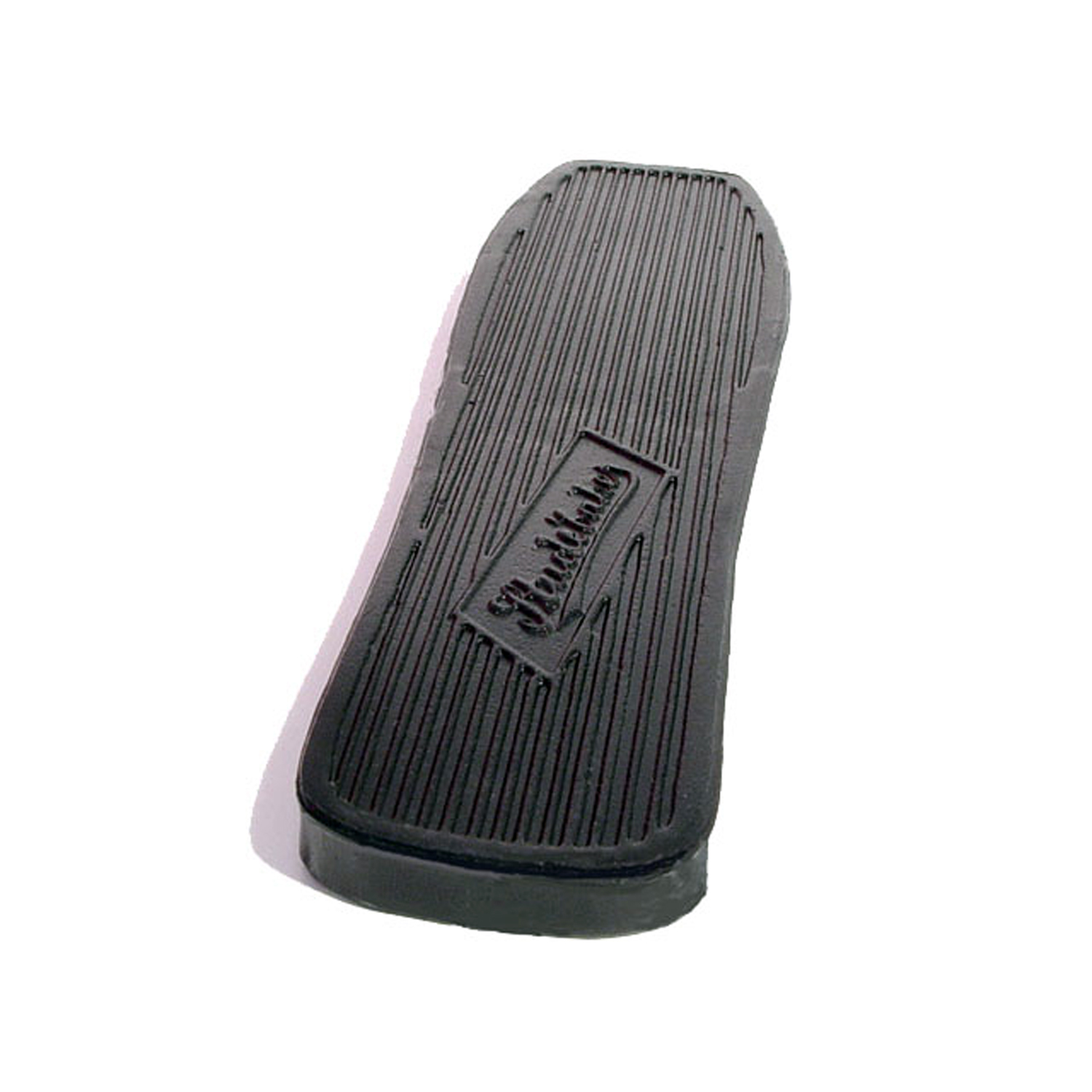 1956 Studebaker Champion Accelerator Pedal Pad, 2-3/8" X 9", Each-AP 22Accelerator Pedal Pad, 2-3/8" X 9", Each
1956 Studebaker Champion Accelerator Pedal Pad, 2-3/8" X 9", Each-AP 22Accelerator Pedal Pad, 2-3/8" X 9", Each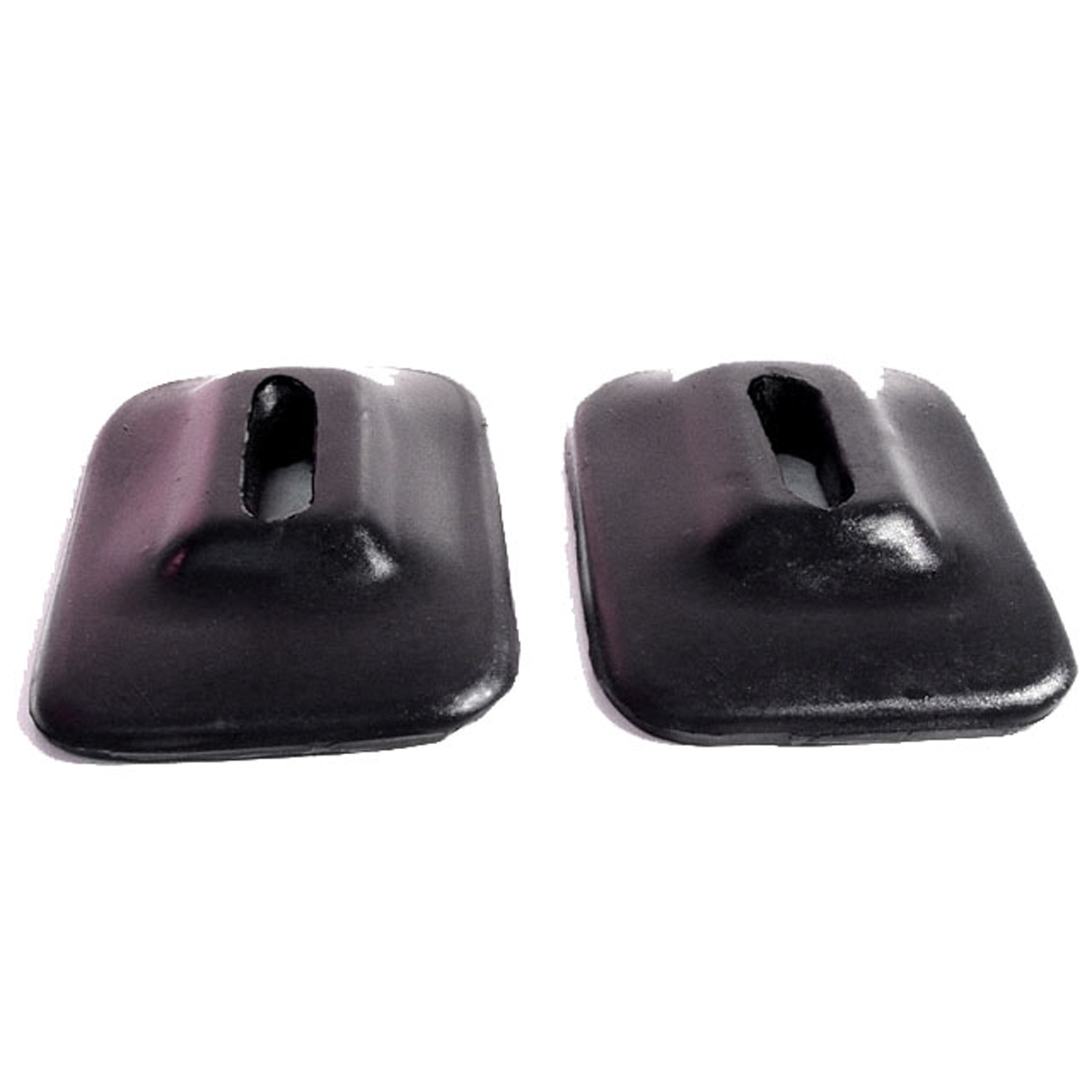 1956 Studebaker Champion Front and Rear Bumper Arm Grommets-BG 45Front and Rear Bumper Arm Grommets. 2-3/4" wide X 4-1/8" long, with 1-5/8" long inner slot. Pair
1956 Studebaker Champion Front and Rear Bumper Arm Grommets-BG 45Front and Rear Bumper Arm Grommets. 2-3/4" wide X 4-1/8" long, with 1-5/8" long inner slot. Pair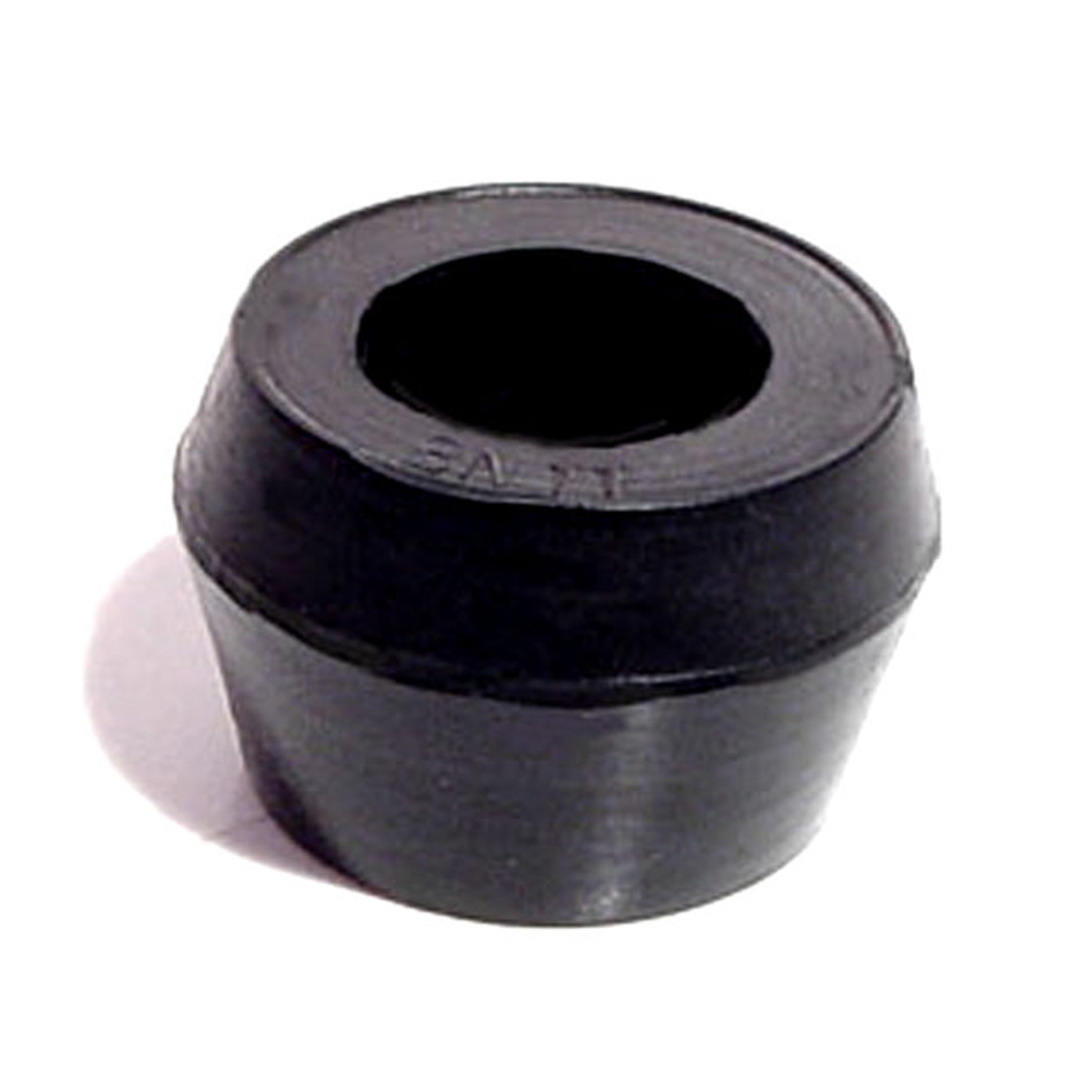 1956 Studebaker Champion Shock Absorber Grommet. 1" bottom O.D-BN 11Shock Absorber Grommet. 1" bottom O.D., 3/4" high, with 5/8" I.D. Each
1956 Studebaker Champion Shock Absorber Grommet. 1" bottom O.D-BN 11Shock Absorber Grommet. 1" bottom O.D., 3/4" high, with 5/8" I.D. Each 1956 Studebaker Champion Shock Absorber Grommet. 1" bottom O.D., 5/8" high-BN 13Shock Absorber Grommet. 1" bottom O.D., 5/8" high., with 3/8" I.D. Each
1956 Studebaker Champion Shock Absorber Grommet. 1" bottom O.D., 5/8" high-BN 13Shock Absorber Grommet. 1" bottom O.D., 5/8" high., with 3/8" I.D. Each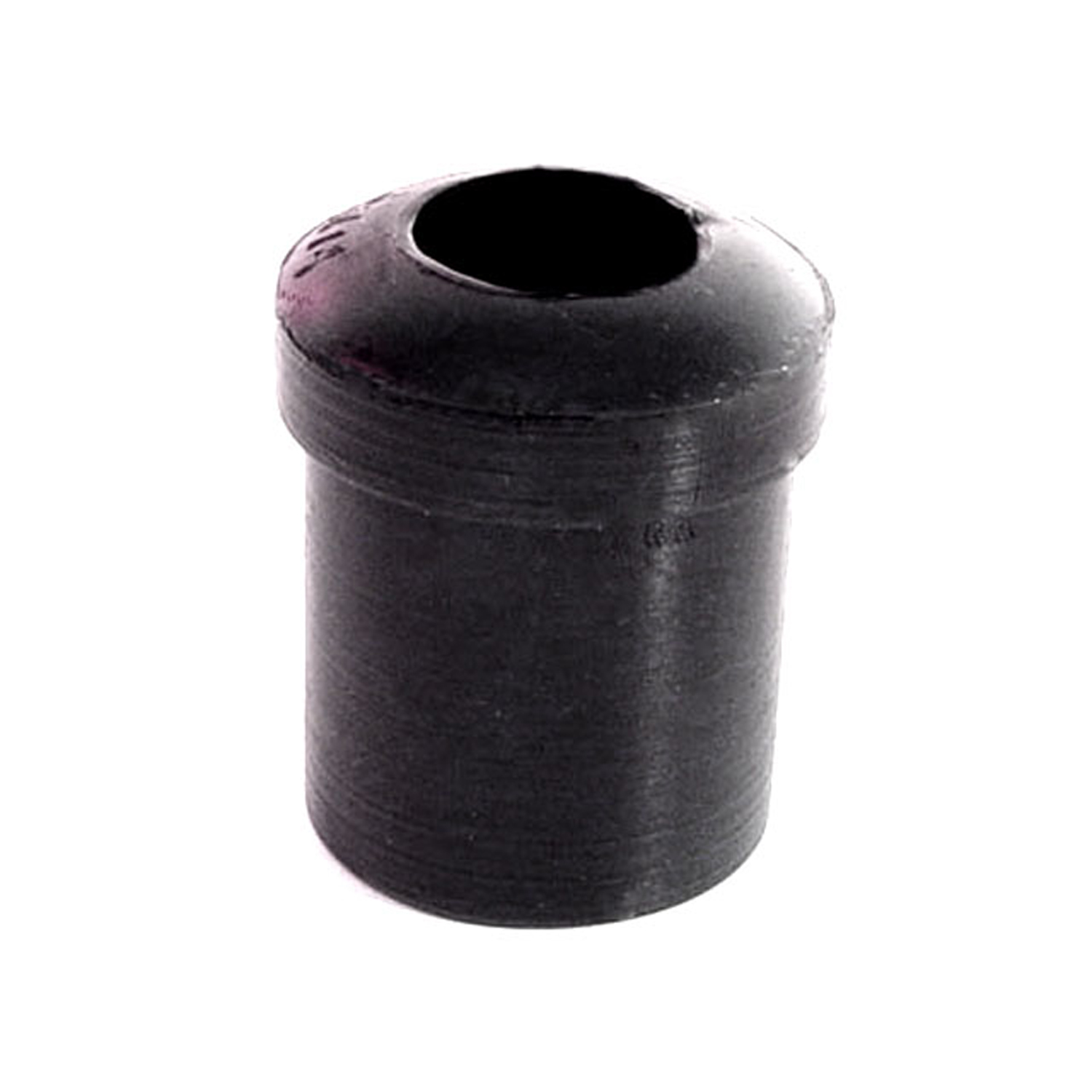 1956 Studebaker Champion Spring and Shackle Bushing. 1-1/16" bottom O.D-BN 14Spring and Shackle Bushing. 1-1/16" bottom O.D. X 1-1/2" high, with 5/8" I.D. Each
1956 Studebaker Champion Spring and Shackle Bushing. 1-1/16" bottom O.D-BN 14Spring and Shackle Bushing. 1-1/16" bottom O.D. X 1-1/2" high, with 5/8" I.D. Each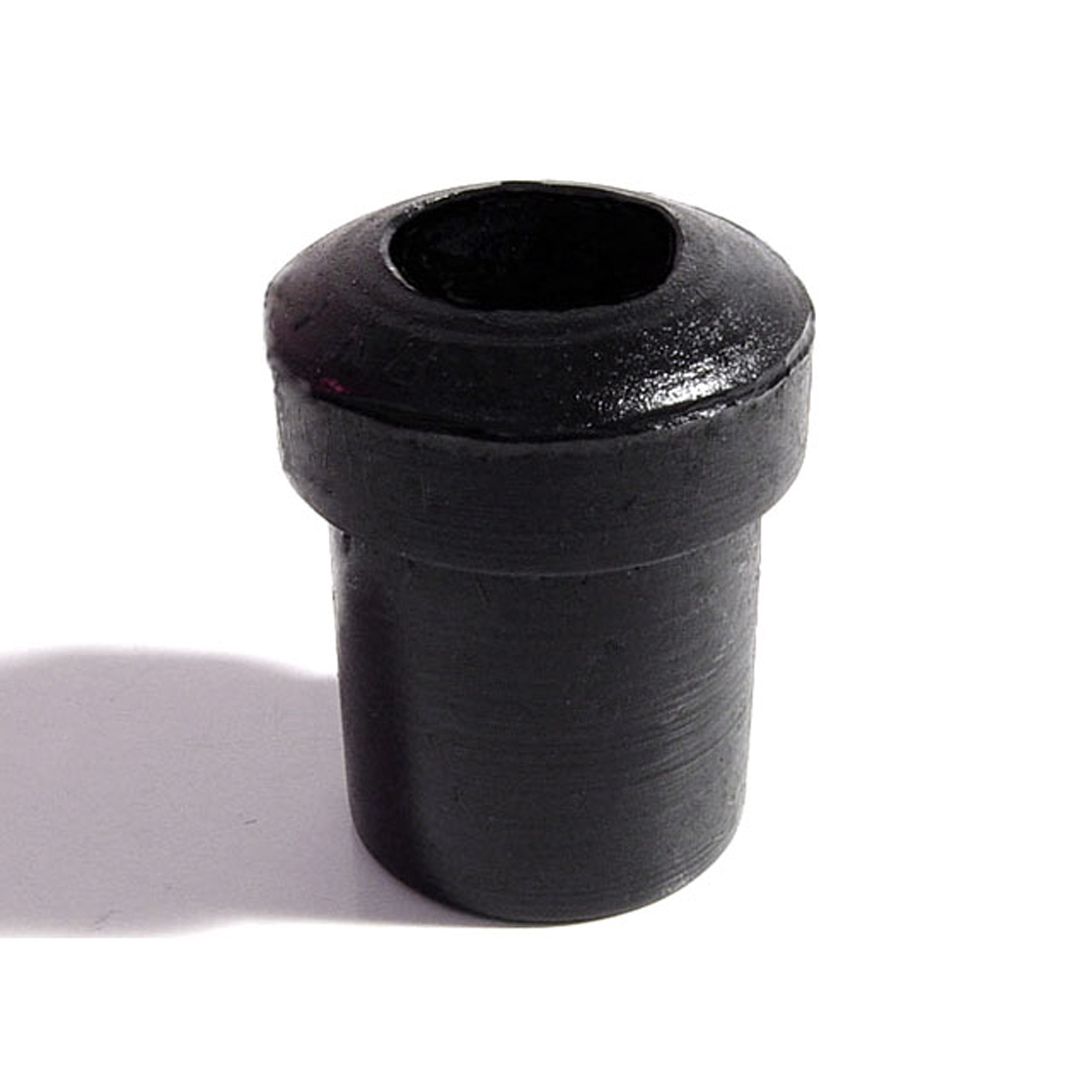 1956 Studebaker Champion Spring and Shackle Bushing. 7/8" bottom O.D-BN 16Spring and Shackle Bushing. 7/8" bottom O.D. X 1-1/8" high, with 1/2" I.D. Each
1956 Studebaker Champion Spring and Shackle Bushing. 7/8" bottom O.D-BN 16Spring and Shackle Bushing. 7/8" bottom O.D. X 1-1/8" high, with 1/2" I.D. Each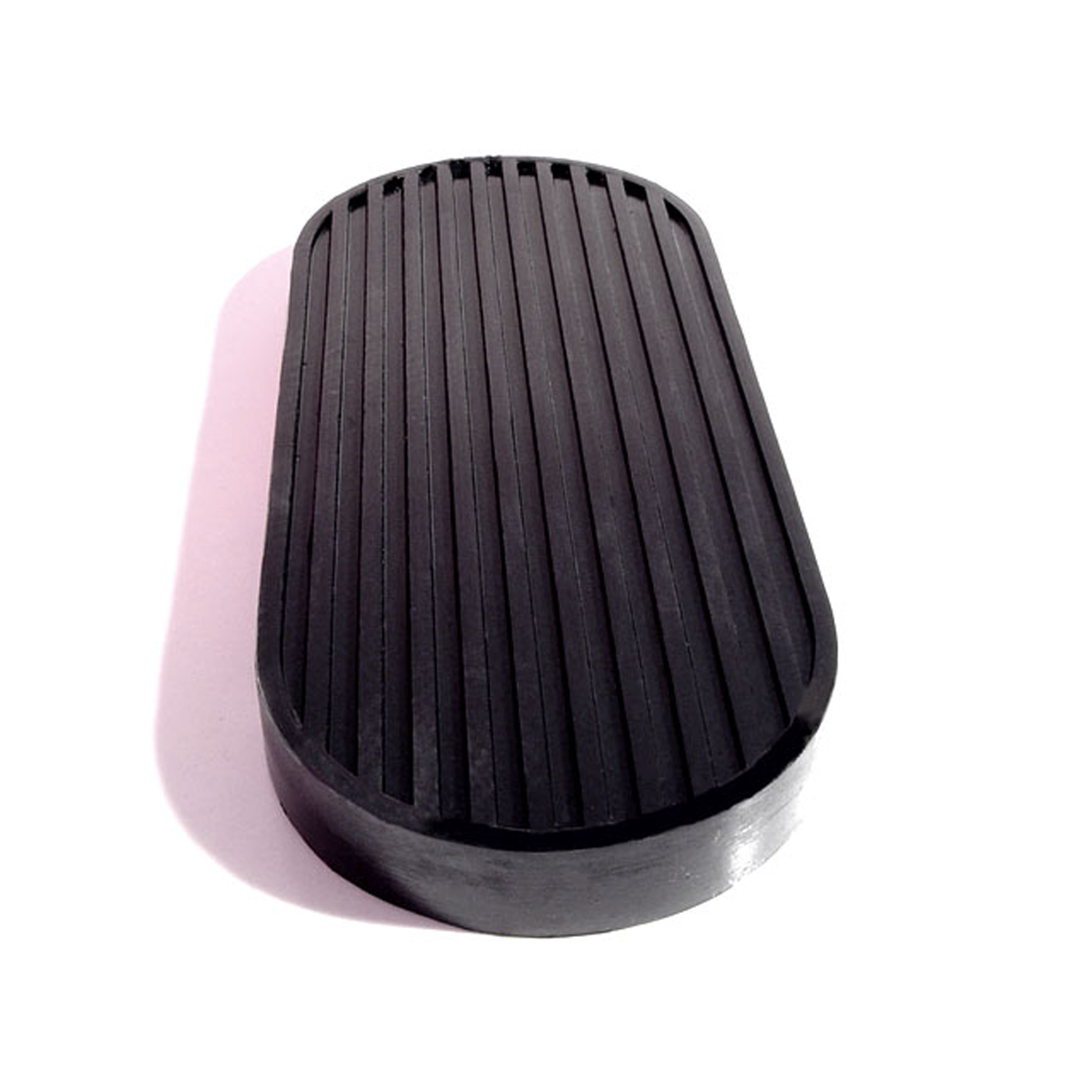 1956 Studebaker Champion Brake Pedal Pad. For models with automatic transmission-CB 87Brake Pedal Pad. For models with automatic transmission. 3" wide X 7-1/8" long. Each
1956 Studebaker Champion Brake Pedal Pad. For models with automatic transmission-CB 87Brake Pedal Pad. For models with automatic transmission. 3" wide X 7-1/8" long. Each 1956 Studebaker Champion Gas Filler Grommet. Perfect reproduction. Top 2-1/16" I.D-GF 45Gas Filler Grommet. Perfect reproduction. Top 2-1/16" I.D., 3-7/16" O.D. Each
1956 Studebaker Champion Gas Filler Grommet. Perfect reproduction. Top 2-1/16" I.D-GF 45Gas Filler Grommet. Perfect reproduction. Top 2-1/16" I.D., 3-7/16" O.D. Each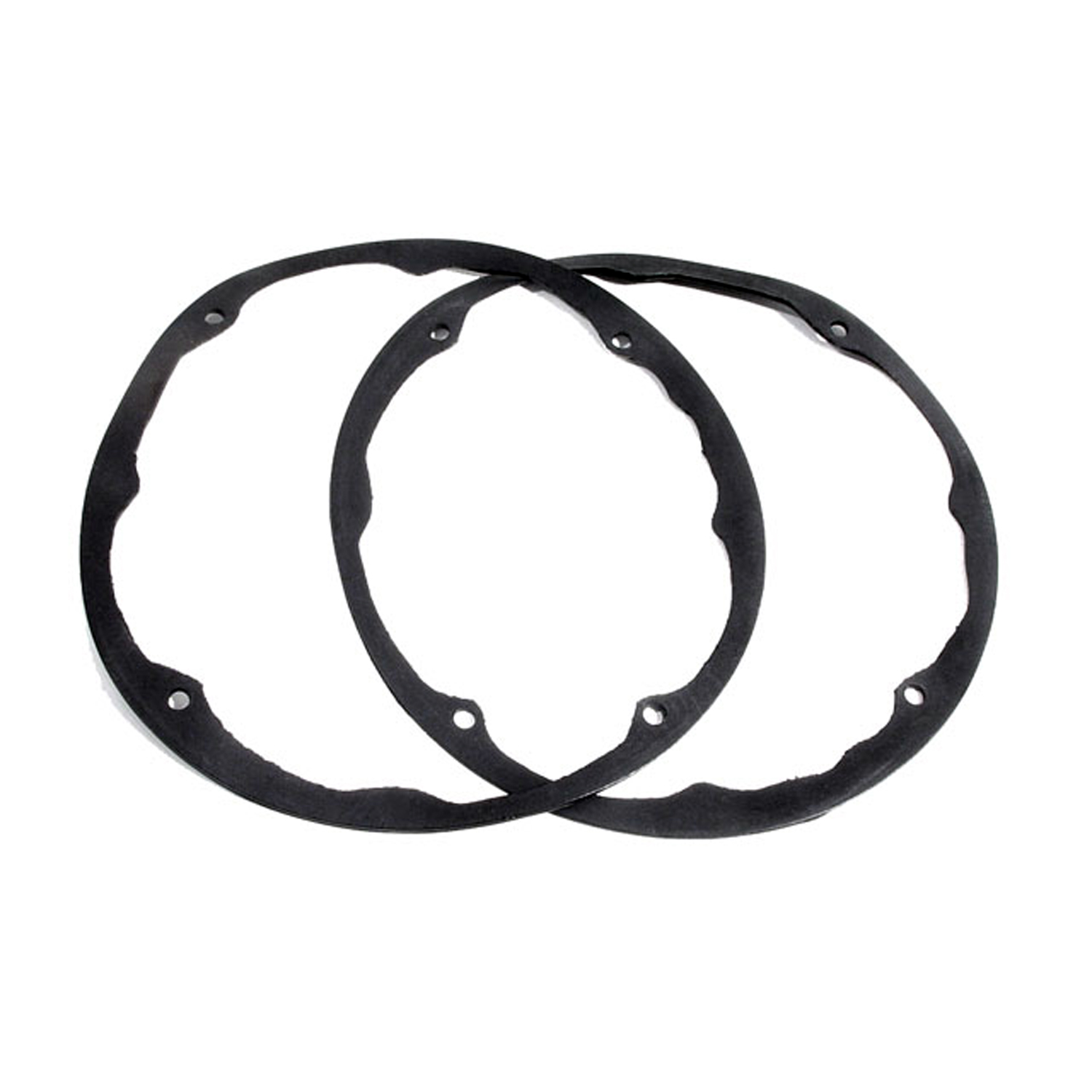 1956 Studebaker Champion Headlight Ring Seal. 8-5/8" O.D., 7-7/8" I.D. Pair-HR 16Headlight Ring Seal. 8-5/8" O.D., 7-7/8" I.D. Pair
1956 Studebaker Champion Headlight Ring Seal. 8-5/8" O.D., 7-7/8" I.D. Pair-HR 16Headlight Ring Seal. 8-5/8" O.D., 7-7/8" I.D. Pair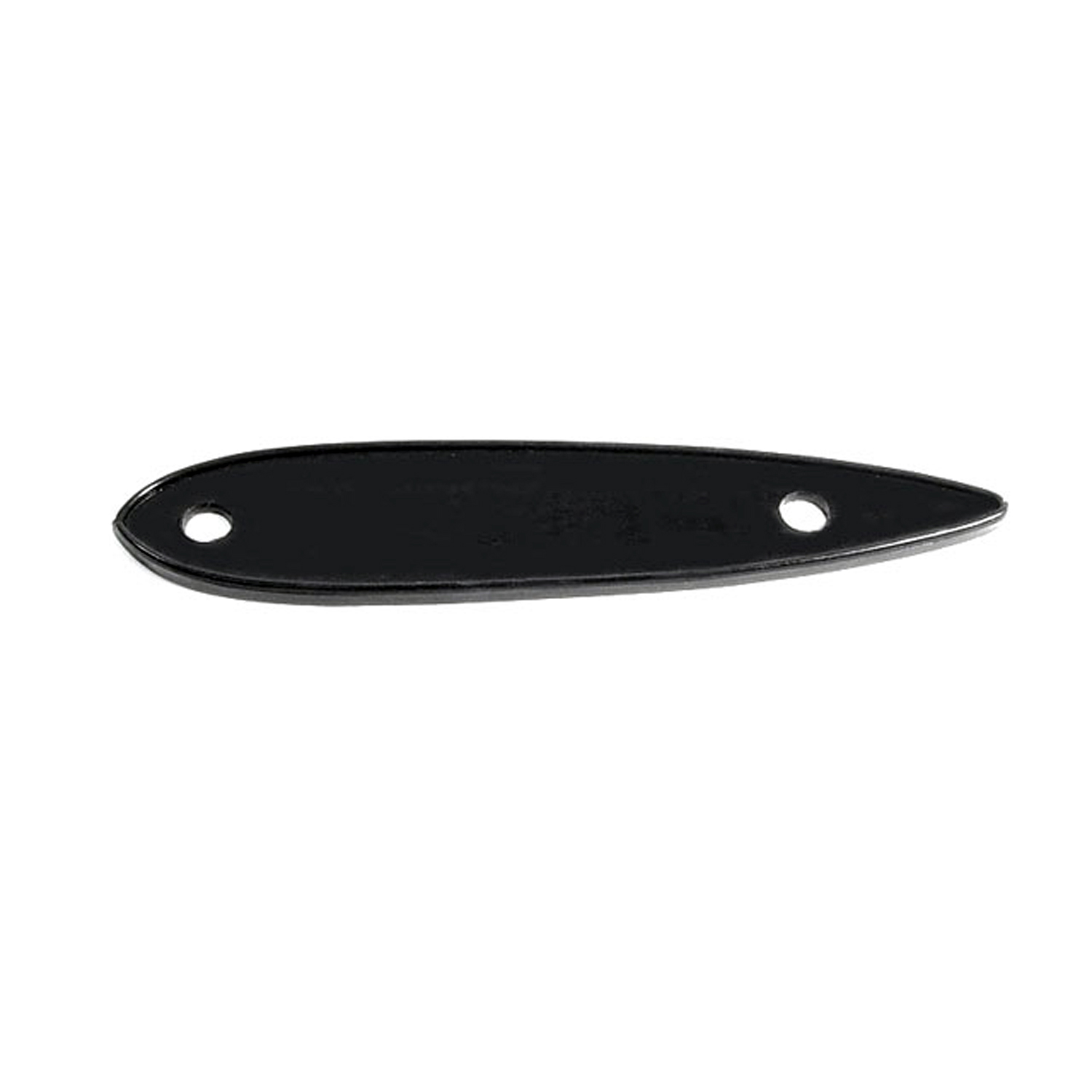 1956 Studebaker Champion Stratovue Mirror Base Pad. 1-3/8" wide X 6-1/8" long-MP 965-DStratovue Mirror Base Pad. 1-3/8" wide X 6-1/8" long. Each
1956 Studebaker Champion Stratovue Mirror Base Pad. 1-3/8" wide X 6-1/8" long-MP 965-DStratovue Mirror Base Pad. 1-3/8" wide X 6-1/8" long. Each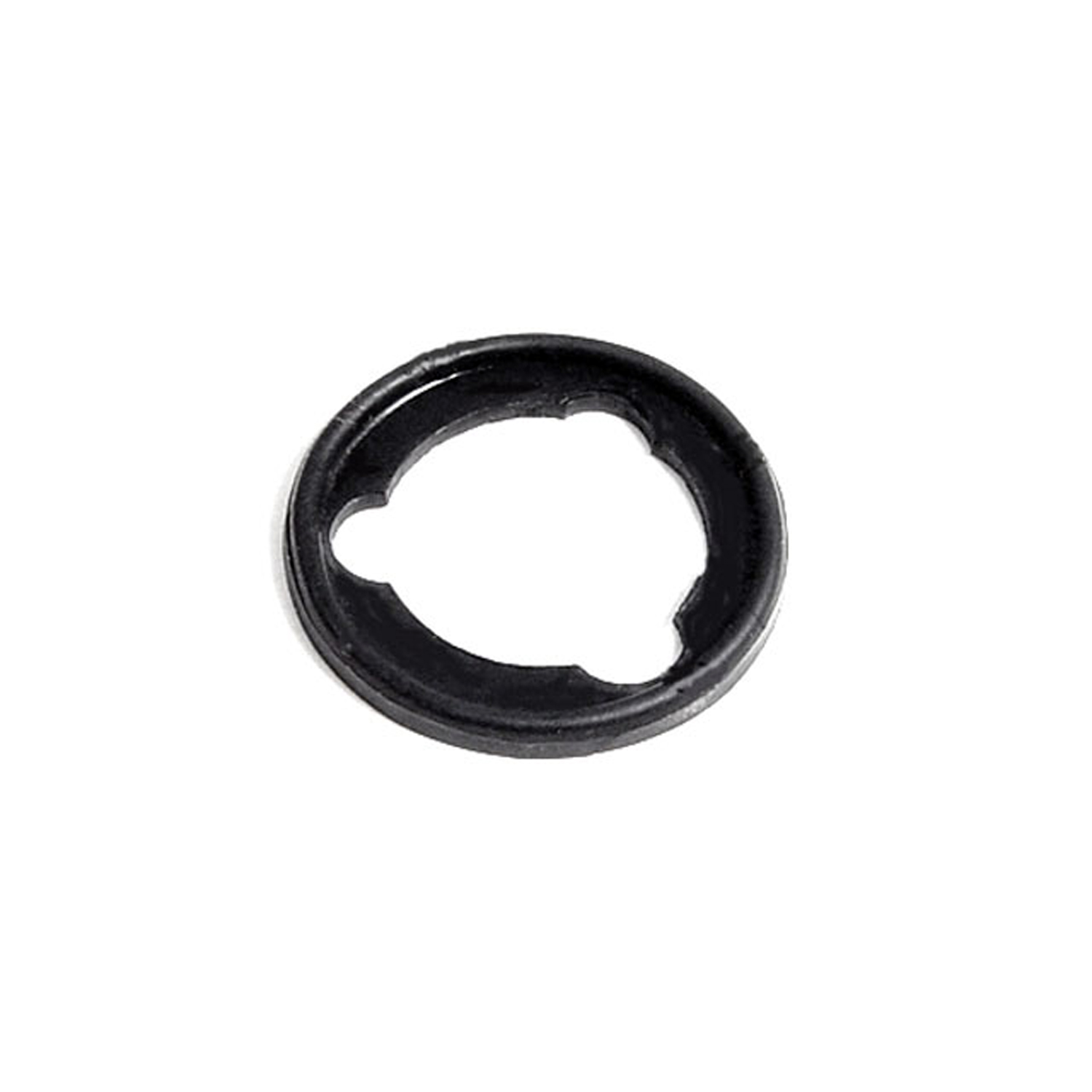 1956 Studebaker Champion Door Lock Pad. 1-1/8" O.D. Each-MP 979Door Lock Pad. 1-1/8" O.D. Each
1956 Studebaker Champion Door Lock Pad. 1-1/8" O.D. Each-MP 979Door Lock Pad. 1-1/8" O.D. Each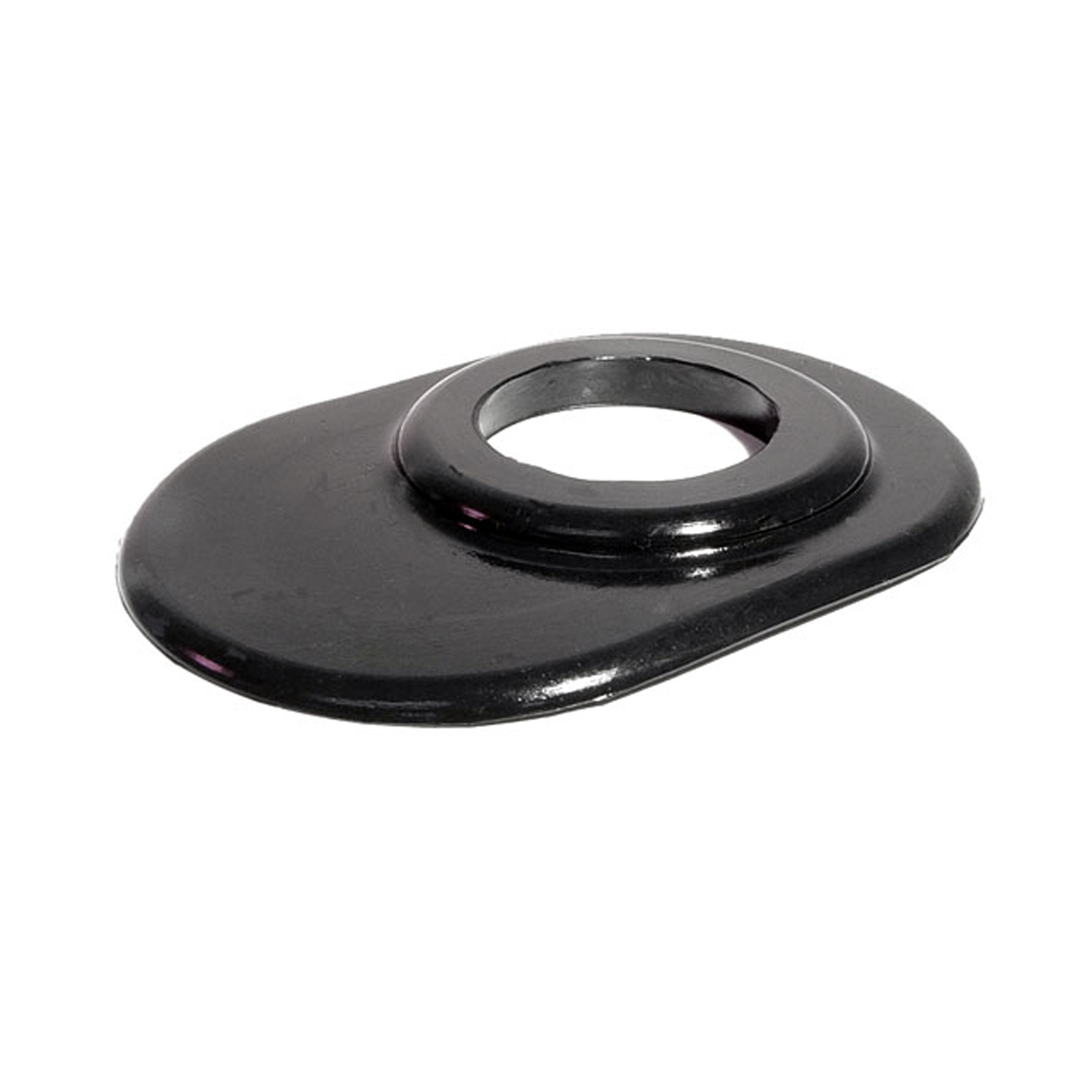 1956 Studebaker Champion Steering Column Grommet. For 3-speed models. Each-SC 24-ASteering Column Grommet. For 3-speed models. Each
1956 Studebaker Champion Steering Column Grommet. For 3-speed models. Each-SC 24-ASteering Column Grommet. For 3-speed models. Each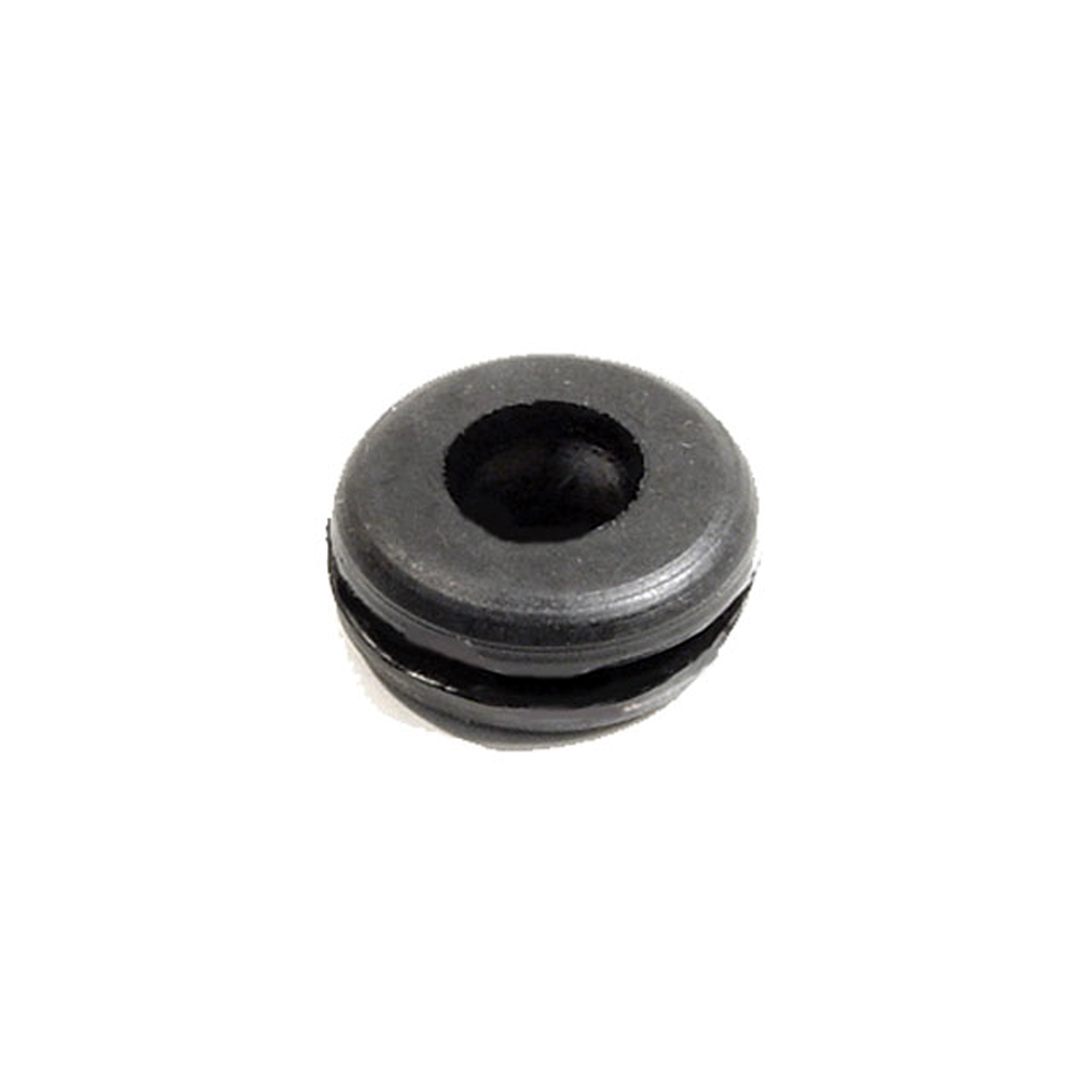 1956 Studebaker Champion Headlight & Tail-Light Wire Grommet. 3/8" I.D., 7/8" O.D-SM 13-AHeadlight & Tail-Light Wire Grommet. 3/8" I.D., 7/8" O.D. Each
1956 Studebaker Champion Headlight & Tail-Light Wire Grommet. 3/8" I.D., 7/8" O.D-SM 13-AHeadlight & Tail-Light Wire Grommet. 3/8" I.D., 7/8" O.D. Each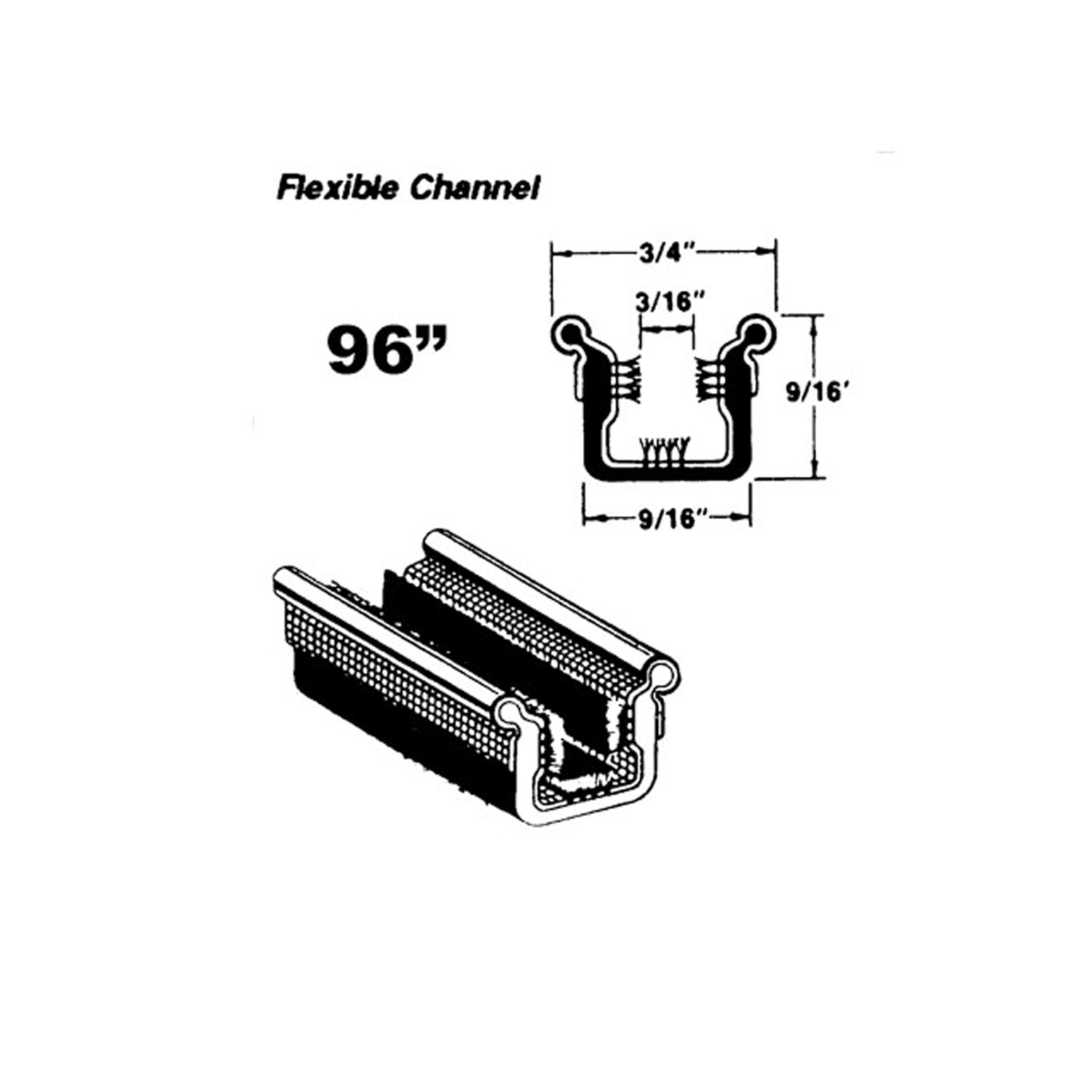 1956 Studebaker Champion Flexible window channel-WC 10-96Flexible window channel. Rubber covered with mohair lining and stainless steel bead. 96 in. long. Each. NOTE: $20 special shipping charge applies for domestic orders. Call or email for overseas shipping costs. Part can be sectioned in two or three equal lengths to reduce overseas shipping costs.
1956 Studebaker Champion Flexible window channel-WC 10-96Flexible window channel. Rubber covered with mohair lining and stainless steel bead. 96 in. long. Each. NOTE: $20 special shipping charge applies for domestic orders. Call or email for overseas shipping costs. Part can be sectioned in two or three equal lengths to reduce overseas shipping costs.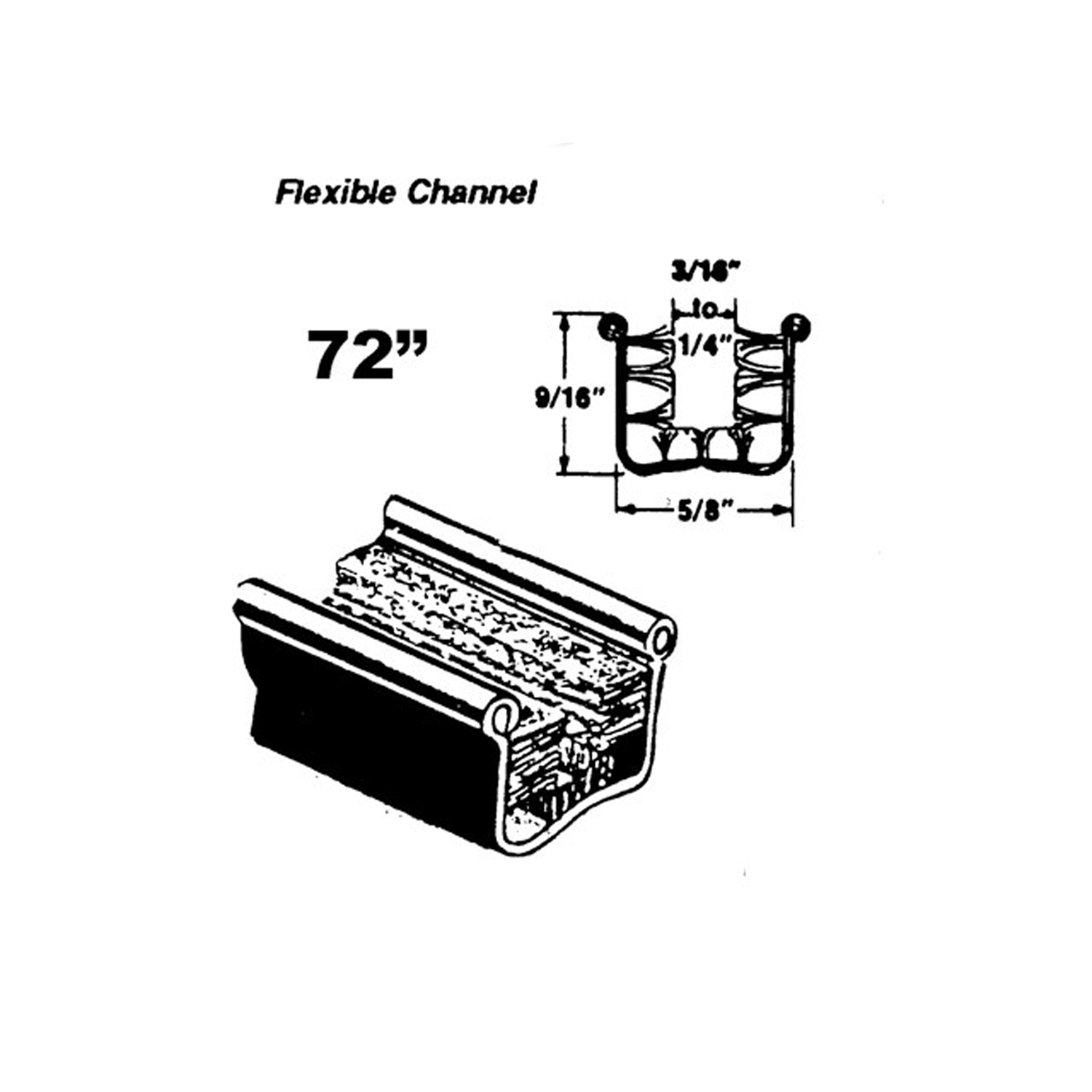 1956 Studebaker Champion Flexible glass-run channel-WC 11-72Flexible glass-run channel. Mohair lined, cloth covered with stainless steel bead. Used on side windows. 72 in. long. Each. NOTE: $20 special shipping charge applies for domestic orders. Call or email for overseas shipping costs. Part can be sectioned in two equal lengths to reduce overseas shipping costs.
1956 Studebaker Champion Flexible glass-run channel-WC 11-72Flexible glass-run channel. Mohair lined, cloth covered with stainless steel bead. Used on side windows. 72 in. long. Each. NOTE: $20 special shipping charge applies for domestic orders. Call or email for overseas shipping costs. Part can be sectioned in two equal lengths to reduce overseas shipping costs.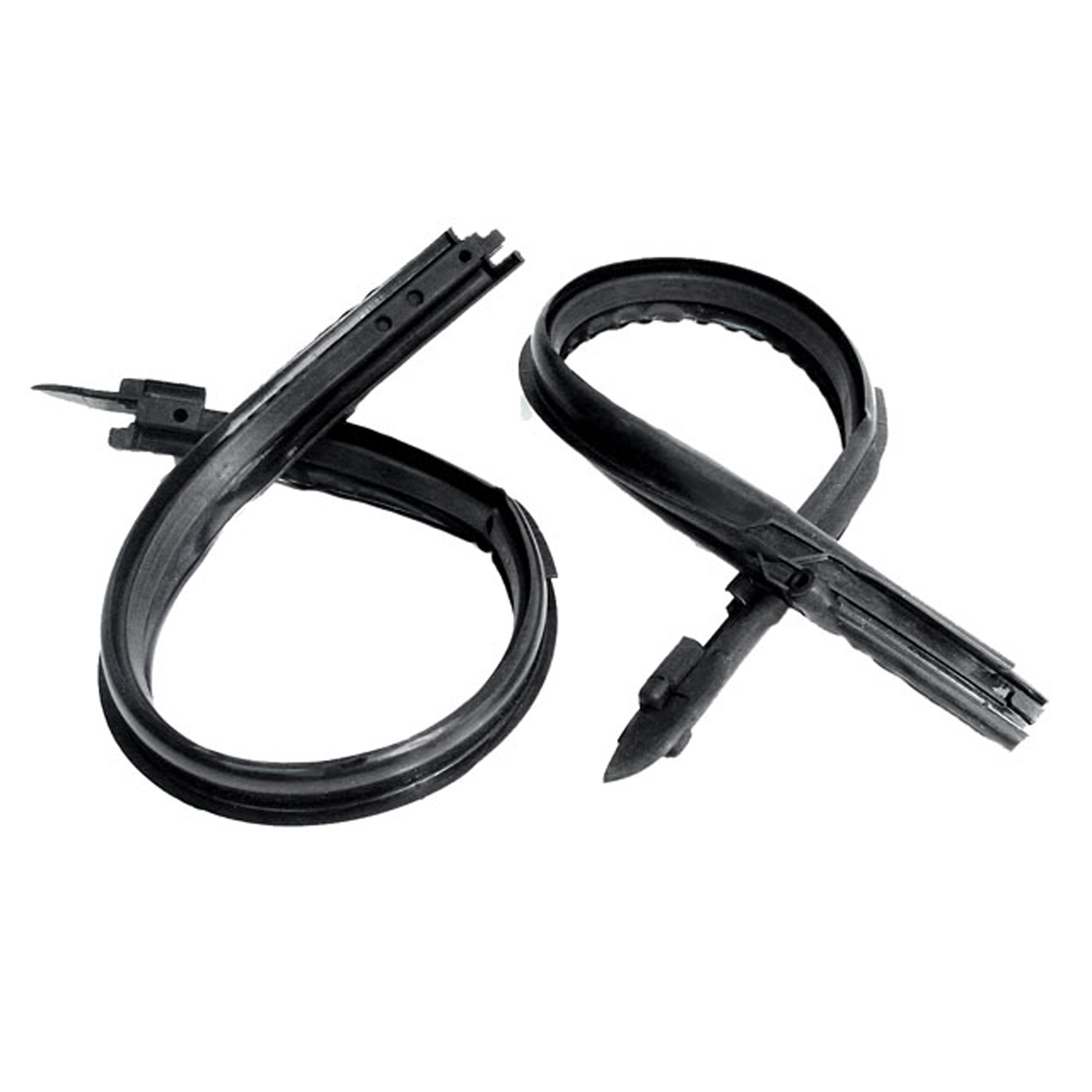 1956 Studebaker Champion Front Vent Window Seals-WR 9404Front Vent Window Seals. Will not fit Hardtops, only Pillar Models. Each piece 29" long. Pair
1956 Studebaker Champion Front Vent Window Seals-WR 9404Front Vent Window Seals. Will not fit Hardtops, only Pillar Models. Each piece 29" long. PairWhy Choose Metro?
For over 100 years, Metro Moulded Parts has been the pinnacle of quality in classic car restoration parts. Our commitment to precision and authenticity in every component ensures a perfect fit and an OEM-level appearance.
- Expert Craftsmanship & Quality: Each part is a testament to our dedication to reliability and perfection, crafted from original designs and thoroughly tested.
- Advanced Technology: We use cutting-edge techniques to create flawless, long-lasting parts that surpass others in performance.
- SuperSoft Sponge – The Ultimate Door Seal: Not only are our door seals 30% softer than competitors', but they're also guaranteed to never leak. They effectively reduce wind and road noise, enhancing your classic car's comfort and driving experience.
- Proudly American: Our parts are a product of American craftsmanship, made in the USA with a spirit of excellence and heritage.
- Unrivaled Warranty: We back our products with a 30-year industry-leading warranty, a testament to our confidence in their quality.
Join us in preserving the legacy of classic cars with parts that are crafted for perfection, not just made.

